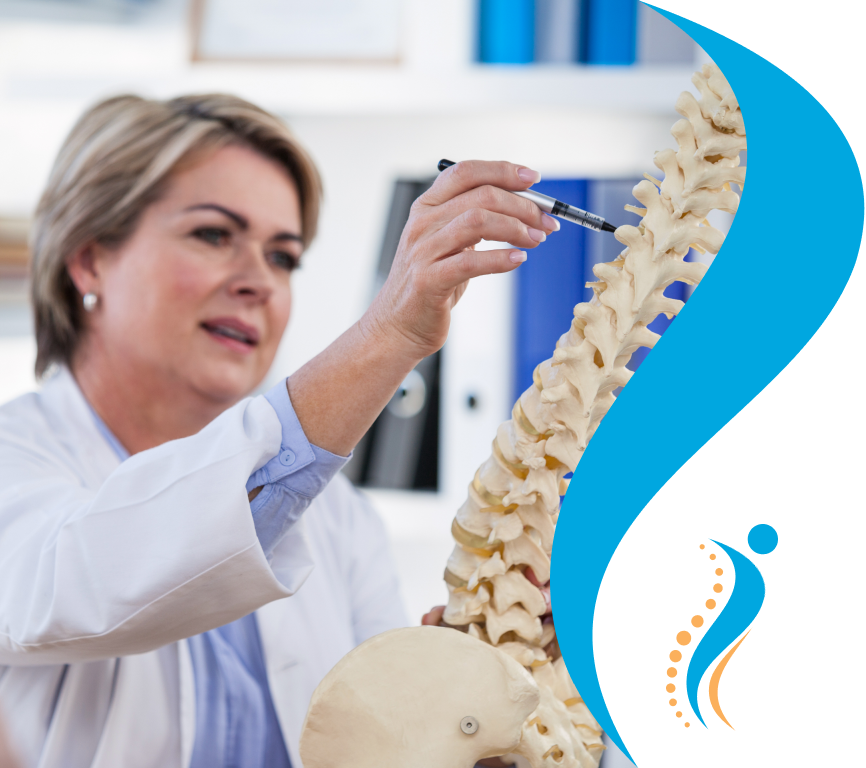Vertebral Augmentation
Heal fractured vertebrae using Vertebral Augmentation, a category of procedures used to create a cast using bone cement to increase height of vertebrae and provide pain relief.
Frequently Asked Questions
It is common to have questions about your procedure. If these answers are not sufficient, we are always happy to talk in more detail. Just reach out!
-
What are the benefits of vertebral augmentation procedures?
The benefits of vertebral augmentation procedures include rapid and sustained pain relief, increased mobility, and improved quality of life.
What is the average recovery time?
The average recovery time from this procedure is 3 days.
-
Do I need to be hospitalized for this procedure?
Vertebral augmentation is done on an outpatient basis and usually requires only local anesthetic. Typically, patients can go home within a few hours of treatment. In some instances, general anesthesia is advised with a short hospital stay.
What are the potential side effects or risks of this procedure?
Common side effects include but are not limited to, pain at the needle insertion site, wound infection, bleeding, hematoma (collection of blood outside a blood vessel), and allergic reaction. More serious side effects can occur but are uncommon due to the careful execution of the procedure done under constant fluoroscopic guidance.
See Other Treatments
Interventional pain management involves procedures that target and treat the source of pain directly, providing relief without relying solely on medications. This helps to address the root cause of pain with effective and personalized solutions that go beyond traditional pain relief methods.




